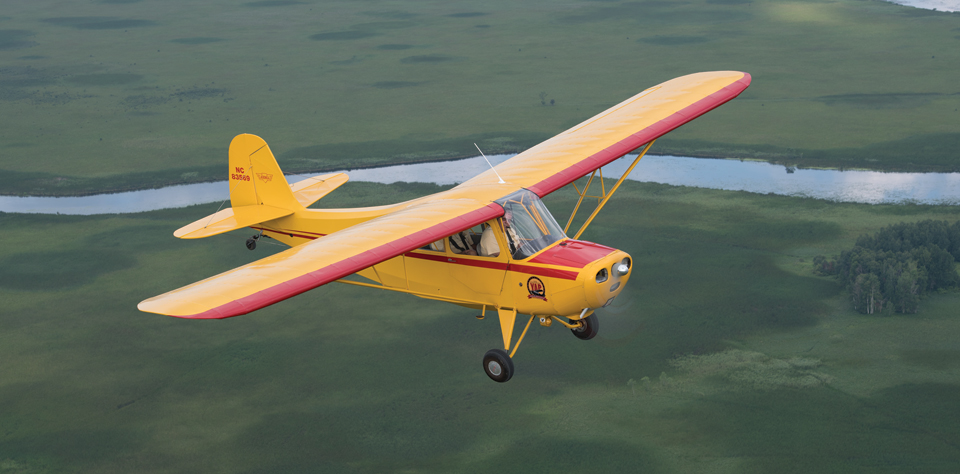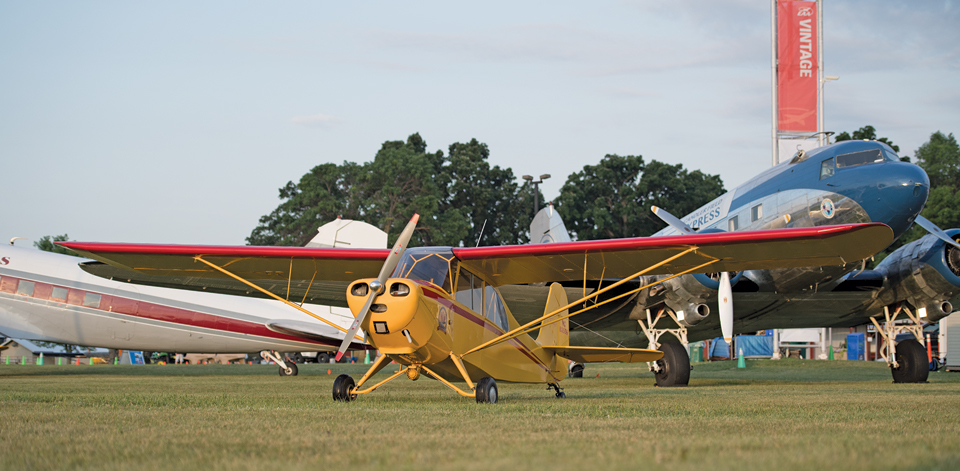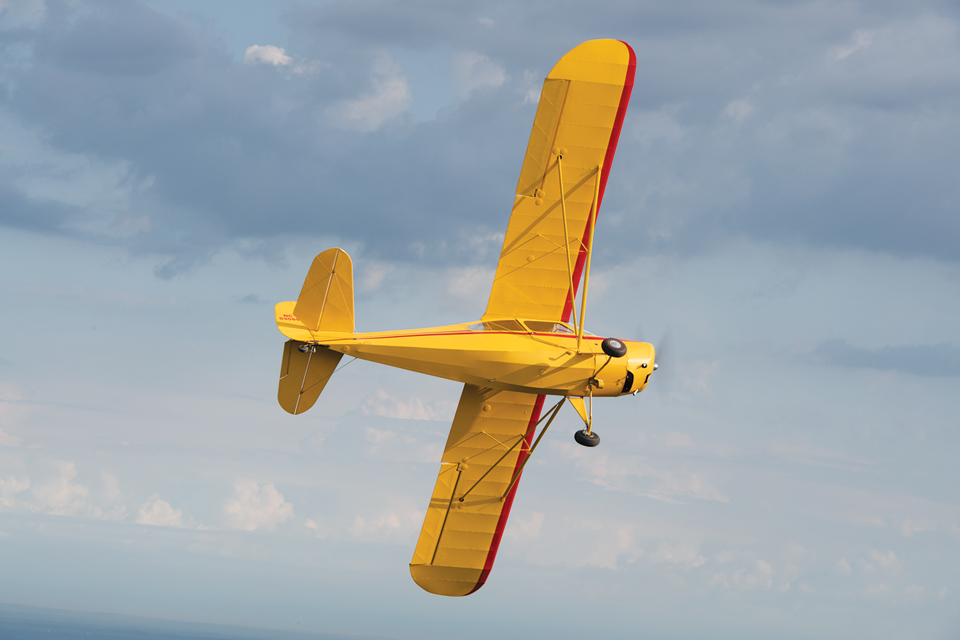First Restore, Then Fly
By Randy Dufault
July 28, 2016 - Jacob Gates wasn’t completely prepared for arriving at EAA AirVenture Oshkosh 2016 in the Aeronca Champ he helped restore.
“Coming in here was crazy,” the 18-year-old said. “We made it in when the weather started clearing and everybody was pushing to get in. I was not used to flying that close to other airplanes.”
Gates is one of two youths able to attend AirVenture this year as part of the Candler Field Museum’s Youth Aviation Program.
YAP is a unique program hatched during a 2013 return trip from AirVenture to the museum’s home south of Atlanta, Georgia. Youth that join the program participate in the restoration of classic airframes. And as they do, they earn time in the air. Each 10 hours of restoration work nets the worker one hour of flight instruction or solo flight time.
“What we are trying to do is provide a way to help kids that have an interest in an aviation career achieve that career, particularly in the areas of maintenance and operations,” said museum founder Ron Alexander.
“It is a great opportunity for the kids,” Alexander went on to say. “When we first started this program we had several people that wanted to give scholarships out and things of that sort … we want our kids to actually earn their flying time.
“We want to make sure that they have some skin in the game and make sure they are serious about learning how to fly and about learning how to work on airplanes.”
The program’s first project was a Piper Cub. Once it was completed it immediately went into training service.
“We are training aviators and not pilots,” Alexander said when asked why the program chooses to use classic airframes. “We want them to solo a tailwheel airplane.”
Instruction is provided by a number of volunteer CFIs, many of whom come from military and commercial piloting backgrounds.
The Champ Gates flew here to Oshkosh with instructor A.C. Hudson is the most recently completed project. Operating as a restoration enterprise, revenue from work done by the youth, other volunteers, and by the program’s full-time mechanic helps to fund the youth initiative.
Two youths have achieved private pilot certificates since YAP’s inception. Several others have soloed.
The flight-training curriculum consists of three stages. Stage one includes 20 hours of flight time, of which five must be solo, in a tailwheel airplane like the Champ or a Cub. Stage two includes three hours of time in the museum’s simulator and concentrates on checklist usage and maneuvering by reference to instruments.
Students must pass the private pilot written exam prior to beginning stage three. Flight instruction necessary to complete a private pilot certificate then continues in either a Piper Cherokee or Cessna 152.
YAP’s first private pilot graduate is now helping the program as a volunteer mentor, and Alexander’s dream is for that to become a tradition.
“The hope is to make it a program that will build on itself,” he said. “And that is already happening.”



